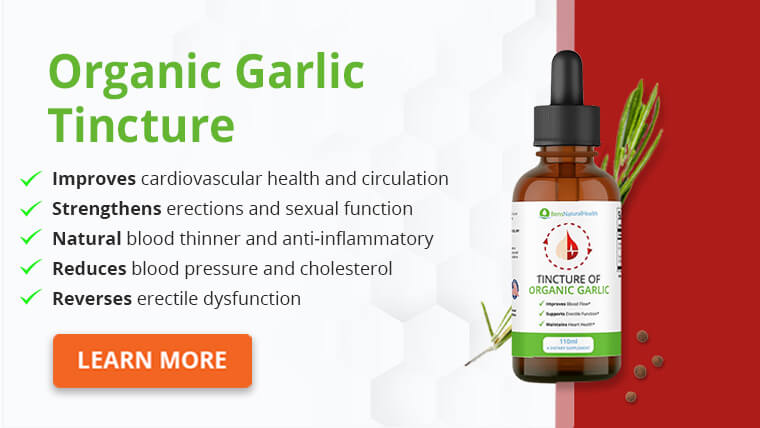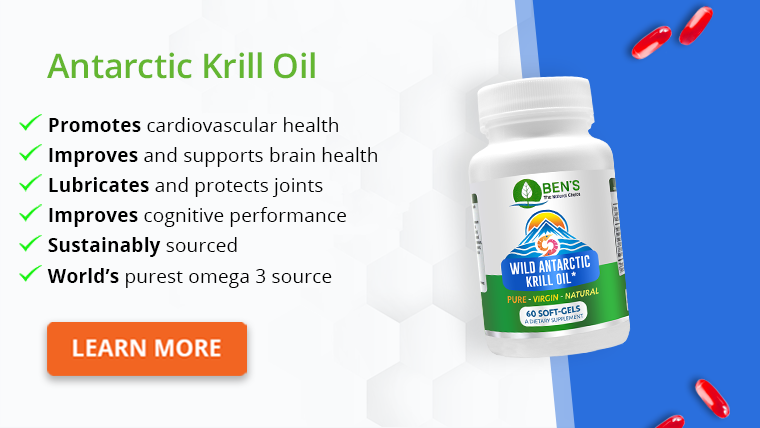Carvedilol is a beta-blocker medication used to treat high blood pressure and heart failure.
Common brand names for Carvedilol include Coreg and Coreg CR.
Carvedilol helps slow your heart rate by blocking the action of hormones like epinephrine (adrenaline), which stimulates your heart and makes it beat more quickly.
By slowing your heart rate, your heart can pump blood more efficiently and lower your blood pressure.
Depending on your health condition, your healthcare provider may prescribe carvedilol tablets once or twice daily.
Doses of carvedilol don’t typically exceed 80 milligrams per day.
Practicing healthy eating habits while taking medications like carvedilol can help patients maximize the potential benefits of taking a prescription drug, as well as improve their overall health.
Keep reading to learn what foods to avoid when taking carvedilol (Coreg) and healthy foods to include in your diet.

Foods to avoid when taking carvedilol (Coreg)
There aren’t any commonly known food/drug interactions for carvedilol. While beta-blockers can increase potassium levels in your blood slightly, it’s not enough to warrant reducing potassium in your diet.
According to a study, the prevalence of getting high blood potassium from taking beta-blockers is less than 5%.
While carvedilol isn’t known to react negatively with any particular food, there are some foods to avoid while taking carvedilol simply because they can worsen your heart health, such as:
High-sodium foods
If you’re taking carvedilol and you have high blood pressure, do your best to avoid high-sodium foods. Sodium (also called salt) causes your body to hold on to water, which can increase your blood pressure and make your heart work harder.
Sodium is often found in processed and convenience foods like fast food, frozen entrees, canned soups, and deli meats.
Other sources of sodium might not be as obvious, but they can add up quickly if you eat several servings of them per day, such as bread.
According to the Centers for Disease Control, 40% of the sodium in the typical Western diet comes from these ten foods:
- Bread and rolls
- Pizza
- Sandwiches
- Cold cuts and cured meats
- Soups
- Burritos and tacos
- Savory snacks (pretzels, jerky, chips, etc.)
- Chicken
- Cheese
- Eggs and Omelets
It’s recommended to keep your sodium intake below 2,300 milligrams per day. However, the average American consumes 3,400 milligrams of sodium per day.

Saturated fat
Saturated fat may raise your LDL cholesterol, also called bad cholesterol. High levels of LDL cholesterol can increase your risk for heart disease.
Saturated fat is typically found in animal foods like high-fat meat and whole fat dairy products, but it can be found in some plant foods (mainly coconut and palm fruit).
Eating some saturated fat is okay, but aim to keep your total saturated fat intake to less than 10% of your total calories (less than 22 grams for a 2,000 calorie diet).
Here is a list of foods high in saturated fat from the American Heart Association:
- Beef
- Lamb
- Pork
- Poultry with the skin on
- Lard and cream
- Butter
- Cheese
- Ice cream
- Coconut (including coconut oil)
- Palm oil
- Palm kernel oil
- Some baked and fried foods
Caffeine
Caffeine is a stimulant that can make your heart beat faster and raise your blood pressure. Drinking caffeine in moderation is usually safe for heart patients, but you should be cautious of how much caffeine you consume if you have heart failure, high blood pressure, or other health conditions.
Examples of caffeinated drinks include:
- Certain types of soda
- Coffee (including drip coffee and espresso)
- Energy drinks
- Caffeinated teas (green and black tea)
Some supplements may contain caffeine as well.

Alcohol
It’s not advisable to drink large amounts of alcohol while taking beta-blockers like carvedilol. Alcohol can lower your blood pressure, which means you could develop low blood pressure since carvedilol also lowers your blood pressure.
If you drink large amounts of alcohol while taking carvedilol, you may experience symptoms of low blood pressure like dizziness, fatigue, blurred vision, inability to concentrate, and fainting.
What foods should you eat while taking carvedilol?
Eating a heart-healthy diet is ideal when taking carvedilol. A heart-healthy diet can help promote healthy blood pressure and cholesterol levels, reducing your risk of having a heart attack.
A Mediterranean diet and DASH (Dietary Approaches to Stop Hypertension) diets are both excellent for heart health.
These types of diets are low in added sodium, added sugar, and saturated fat while being rich in beneficial vitamins, minerals, and other nutrients that can keep your heart healthy.
Some foods to eat while taking carvedilol include:
Salmon
Salmon is rich in heart-healthy omega-3 fatty acids, which are also called healthy fats. Omega-3 fatty acids fight inflammation that can cause heart disease, including heart attack and stroke.
Nuts and seeds
Nuts and seeds are good sources of fiber and healthy fats. Some nuts are especially good sources of magnesium, a mineral that helps support healthy blood pressure levels. Magnesium helps relax your blood vessels, which helps lower high blood pressure.

A study found that taking magnesium and beta-blockers helped reduce blood pressure levels in people with high blood pressure.
(You should always speak with your healthcare provider regarding taking supplements while on a prescription drug.)
Getting magnesium from whole foods like nuts and seeds provides additional health benefits compared to taking a supplement alone, such as fiber, protein, and healthy fats.
Fruits and vegetables
Fruits and vegetables tend to be good sources of potassium, a mineral that helps relax your blood vessels and improve blood flow.
The DASH diet is usually higher in potassium than a typical Western diet because it’s rich in plant-based foods like fruits and vegetables.

Beets
All fruits and vegetables have benefits, but beets may be particularly beneficial to eat if you have high blood pressure and are taking carvedilol.
Beets are one of the highest sources of natural nitrates. Your body converts nitrates to nitric oxide, which helps improve blood flow and circulation.
If you’re not a fan of beets, beetroot juice may have similar benefits. Drinking beetroot juice increased nitric oxide metabolism in men and women regardless of body mass, according to a study.
| Foods to eat | Carvedilol foods to avoid |
| Salmon | High-sodium foods |
| Nuts and seeds | Saturated fat |
| Fruits and veggies | Caffeine |
| Beets | Alcohol |
What else should I avoid while taking carvedilol?
Taking carvedilol with other blood pressure medications like ACE inhibitors or other beta-blockers may cause low blood pressure, so you shouldn’t take them together unless instructed by your provider.
Taking beta-blockers like carvedilol might make exercise more difficult since your heart is beating slower. This is called exercise intolerance, and it’s a potential side effect of blood pressure medication like carvedilol. However, that doesn’t mean that you should avoid exercise while taking carvedilol.
If you’re used to high-impact exercises like running and have exercise intolerance, know that it’s normal. You might have to adjust to a slower pace, but exercise is still beneficial for your heart health.
As always, be sure to consult with your healthcare provider about what type of exercise is ideal for you, your heart health, medical history, and any other conditions you may have.
How to take carvedilol
You should take carvedilol as it’s been prescribed by your healthcare provider. Dosages will vary depending on your health and how long you’ve been taking carvedilol.
If you stop taking carvedilol without first getting medical advice from your healthcare provider, you may experience problems associated with high blood pressure. Always speak with your healthcare provider before stopping a prescription medication so you can look at potential alternatives.

Best time to take carvedilol
Beta-blockers can be taken in the morning, at meals, and at bedtime. If you take carvedilol with food, it won’t be absorbed as quickly, which may reduce potential side effects.
You should take carvedilol when your healthcare provider recommends it. If you frequently forget to take a dose of carvedilol at a certain time, ask your healthcare provider if you can take it at a time more convenient for you and your schedule.
Are there any other safety concerns?
Because carvedilol works to slow your heart rate, it can come with some side effects like tiredness, weakness, and dizziness. Other common side effects include nausea, diarrhea, and vomiting.
Because carvedilol lowers your heart rate, it may mask a rapid heartbeat which is one of the symptoms of low blood sugar. If you have diabetes, be sure to check your blood sugar levels if you suspect low blood sugar.
More serious potential side effects of taking carvedilol include hypotension (low blood pressure), chest pain, irregular heartbeat, difficulty breathing and swallowing, fainting, and signs of an allergic reaction like hives and swelling.
Most beta-blockers like carvedilol fall into category C for pregnancy safety, which means that risk cannot be ruled out. If you get pregnant while taking carvedilol, you should immediately speak to your healthcare provider to determine if it’s safe to continue taking it.
Additionally, if you’re taking carvedilol, you may be at risk of or already have heart disease. If you develop chest pain while taking carvedilol, seek medical attention. Chest pain can be a symptom of reduced blood flow to your heart and is often one of the first signs of a heart attack.
Conclusion
Carvedilol is a beta-blocker most often used to treat high blood pressure, heart failure, and other heart problems.
This article discussed carvedilol interactions and what you should avoid while taking carvedilol (Coreg). There aren’t any specific carvedilol foods to avoid that negatively interact with the drug. However, following a heart-healthy diet while taking carvedilol can help support heart health by promoting healthy blood pressure levels.
Explore More

Natural Beta Blockers: 9 Possible Alternatives to Pharmaceuticals.






